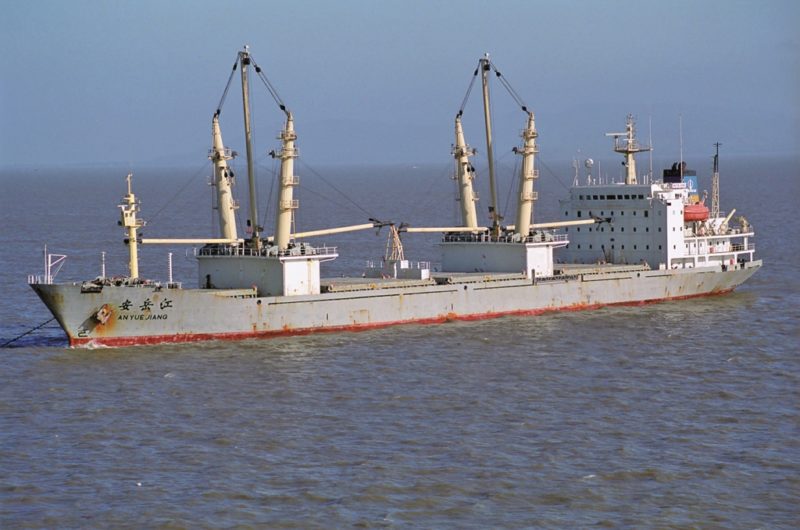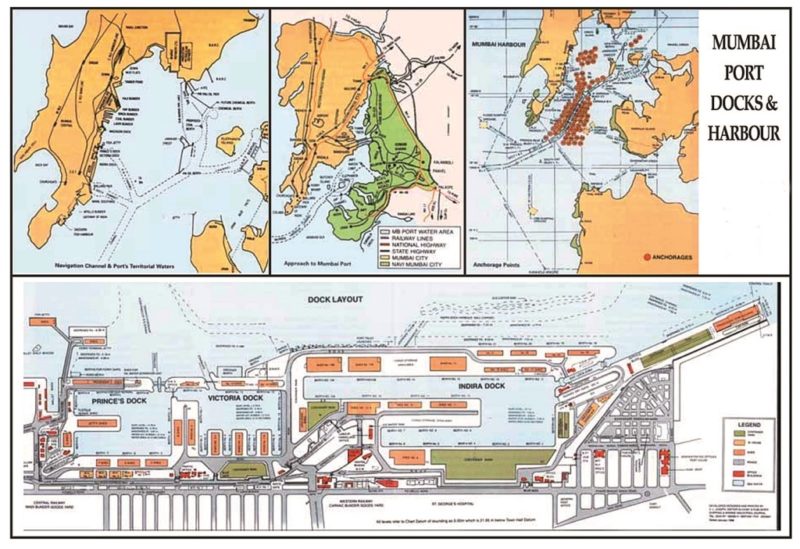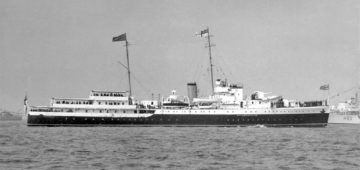
The Port of Mumbai, formerly known as the Port of Bombay up to 1995, is a very busy and large port, handling 60.70 million tonnes of export and import cargo during the year ending 31st March 2020. This was slightly down by 0.11 million tonnes from the previous financial year due to less coal and pulses handled. The huge number of ships that entered the port was 6,179 (up from 5,825 in the previous year) with the average turnround time being 2.56 days (down from 4.58 days in the year ending 31st March 2016). Most of the huge total of cargo is handled at facilities at anchorages in Mumbai harbour and is known as ‘stream’ cargo, including crude oil, petroleum products, coal, petroleum coke, scrap, iron ore, sugar, chemicals, molasses, oilcakes, edible oils, barytes, bauxite, china clay, chromite, copper, feldspar, gypsum, magnesite, manganese, textiles, machine tools, iron and steel, wheat, pulses, rice, barley, corn, millet, sorghum, potatoes, cassava, tea, coffee, chick peas and many other types of cargo. The cargo is handled either at the three principal enclosed docks of Indira Dock, Victoria Dock and Prince’s Dock or at ‘stream’ in the harbour, with the dockland area situated in south eastern Mumbai, down the long Dock Road from the Victoria Terminus Railway Station.

HISTORY OF MUMBAI
Whilst archaeology evidence suggests Stone Age and Paeolithic occupation in the Western India region, the earliest known occupants of the Mumbai area were the Koli fishing community. As early as 300 BC, the Ancient Greeks called the area Heptanesia as there were seven islands that have since been joined together from that time, and today make up the Mumbai peninsula. From the 3rd century BC, there have been several empires and dynasties that have conquered the area, including the Asoka Empire, the Calukyas peoples, the Yadavas of Devagiri, the Khalji dynasty, with Muslim armies marching in and conquering the area in 1348. After a long spell as part of the Kingdom of Gujarat, the Portuguese explorers of Vasco da Gama and Bartholomew Dias and their followers failed to take the town in 1507 but did capture it in 1534 from Bahadur Shah of Gujarat, holding it during the 16th century, but they failed to hold on to it after it fell to the British Empire in 1661.

Subscribe today to read the full article!
Simply click below to subscribe and not only read the full article instantly, but gain unparalleled access to the specialist magazine for shipping enthusiasts.






Comments
Sorry, comments are closed for this item